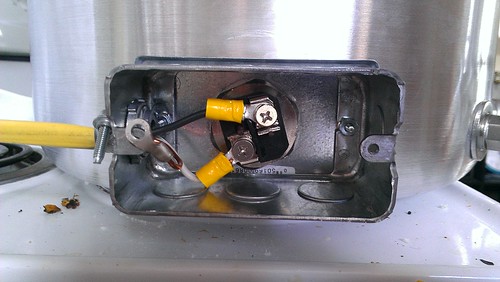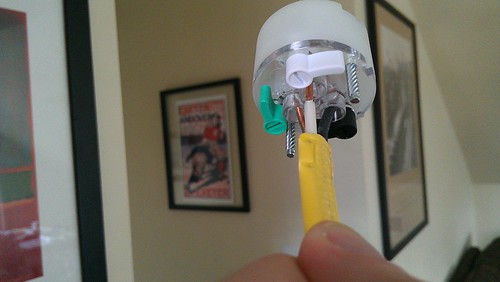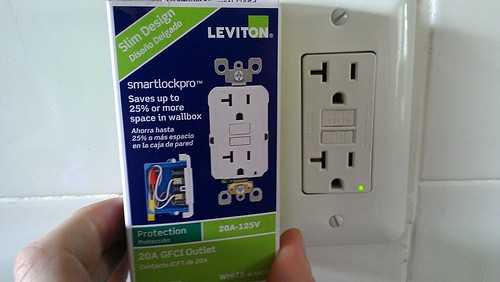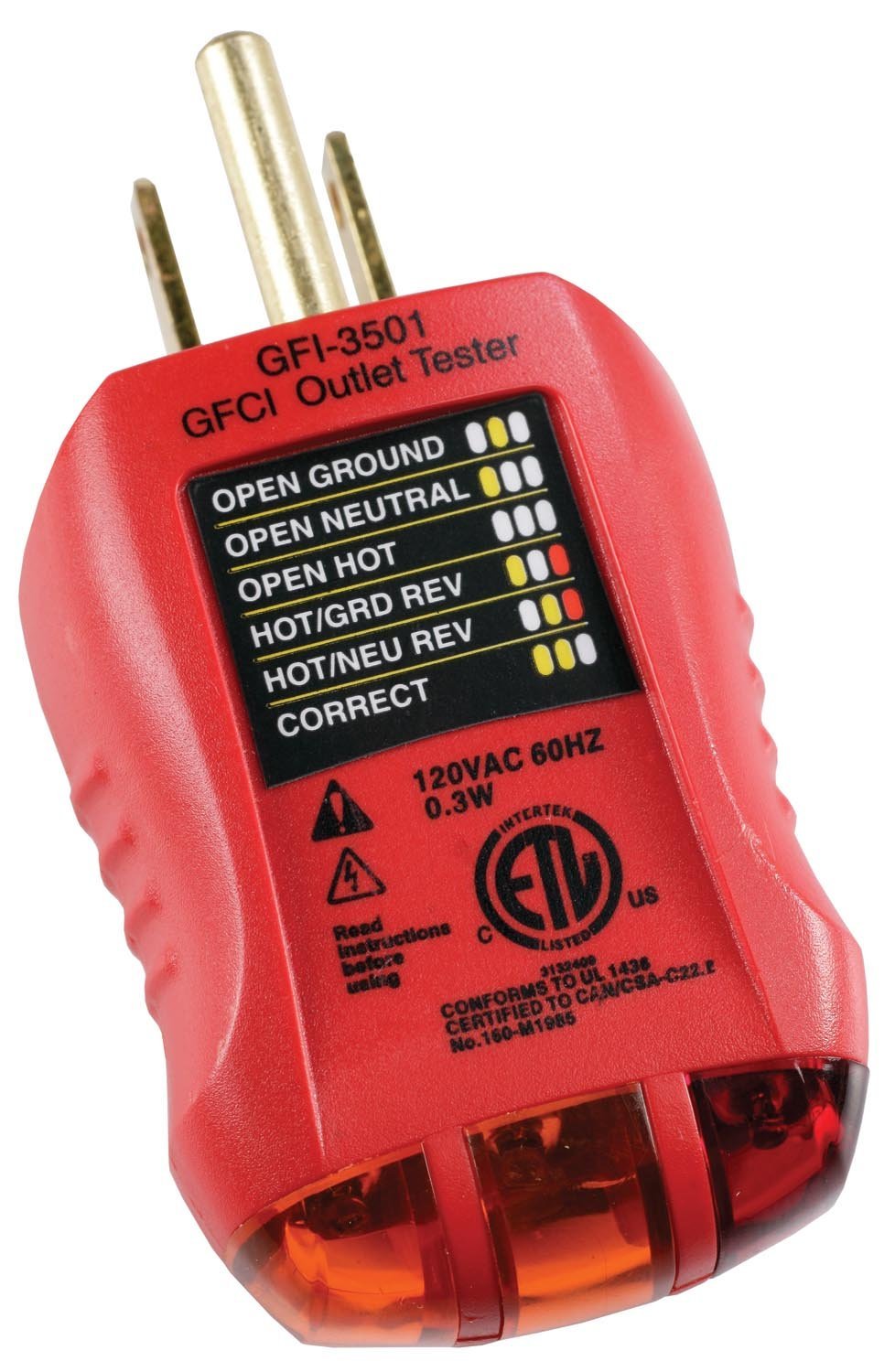Hey all,
I'm rebuilding my ebiab system. I moved from a 240v 5500w to a single 120v 2000w with stove top assist.
My ground fault circuit is tripping the second I touch the power cord to the outlet. I can plug other electronics into the outlet without issue, which tells me the gfic is working.
There are only two points of wiring; the element and the plug. Here are pictures of both.

IMAG0584 by M. A. E., on Flickr
and

IMAG0585 by M. A. E., on Flickr

IMAG0586 by M. A. E., on Flickr
Of Note, The ground is secured between the outlet box back plate and the flange. I have also tried reversing the ground and the neutral.
I do not know if the 2000w element has a positive or a negative terminal, there was nothing marked or noted in the product info page.
Please advise!
Mark
I'm rebuilding my ebiab system. I moved from a 240v 5500w to a single 120v 2000w with stove top assist.
My ground fault circuit is tripping the second I touch the power cord to the outlet. I can plug other electronics into the outlet without issue, which tells me the gfic is working.
There are only two points of wiring; the element and the plug. Here are pictures of both.

IMAG0584 by M. A. E., on Flickr
and

IMAG0585 by M. A. E., on Flickr

IMAG0586 by M. A. E., on Flickr
Of Note, The ground is secured between the outlet box back plate and the flange. I have also tried reversing the ground and the neutral.
I do not know if the 2000w element has a positive or a negative terminal, there was nothing marked or noted in the product info page.
Please advise!
Mark






























![Craft A Brew - Safale BE-256 Yeast - Fermentis - Belgian Ale Dry Yeast - For Belgian & Strong Ales - Ingredients for Home Brewing - Beer Making Supplies - [3 Pack]](https://m.media-amazon.com/images/I/51bcKEwQmWL._SL500_.jpg)



























